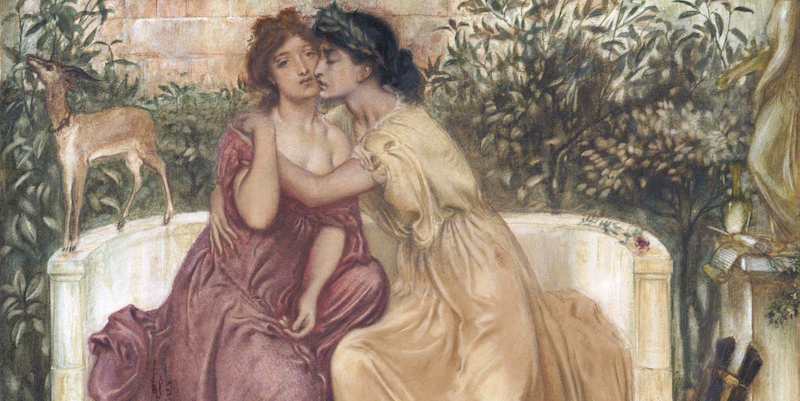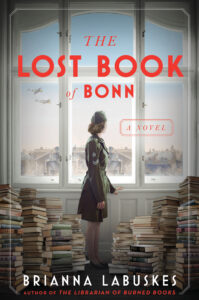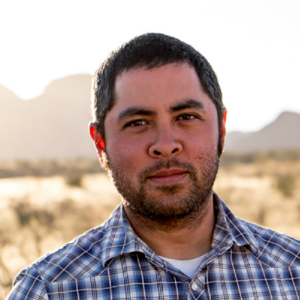There were no queer people in history. At least, that could be a reasonable take-away from pursuing one-star reviews of some of the best historical fiction novels out there.
Perhaps the—very—slight uptick in LGBTQ+ representation in everything from World War II novels to Regency romances seems overwhelming to some because there was so little of it before. That reaction reminds me of the saying, when you’re accustomed to privilege, equality feels like oppression.
Until recently, if queer people showed up on the pages of historical fiction at all, their stories often ended in tragedy to make the inclusion palatable to mainstream audiences. We became solely defined by the darkest moments in our history—we were the AIDs epidemic, we were hate crimes, we were conversion therapy and bullying and beatings from police. We were punished for having the audacity to simply exist.
The trope developed into such a cliché that it earned its own name: “Bury your gays.”
Yet when I deep-dived my way past that surface-level portrayal, I did not simply find death and tragedy as so many novels and shows—and, quite frankly, history books—would have me believe.
I found joy.
I found the cabarets in Berlin in the 1920s and the gay neighborhoods in Chicago in the 1930s and literary salons in Paris throughout the ages; I found Boston marriages and Gold Rush miners who were fondly known as “the wedded couple” by their friends and an island in the Pacific during the war where American servicemen could openly walk down the streets with their partners; I found sonnets from poets whose names everyone knows and pictures in shoeboxes capturing a love that can be seen even at a distance of decades.
I found people who were beautiful and petty; strong and flawed; courageous and jealous and proud and stubborn and kind—all of whom experienced the full range of human emotions and experiences.
Flattening their existence to tragedy does them a great disservice, but erasing them from history all together is both ignorant and cruel.
It’s also a dangerous thing to do in our current trying times.
When you study the past, you start to see patterns emerge. Like Mark Twain said, history might not repeat itself but it certainly does rhyme.
There was a thriving queer scene in pre-War Berlin, one with its own magazines and newspapers and films and coffeeshops and night clubs. A cutting-edge institute was conducting research decades ahead of its time, research that then became one of the primary sources of fuel for the flames when Nazis burned thousands of books on May 10, 1933.
In the span of a decade, Berlin went from one of the most open-minded, progressive and welcoming cities in pre-War Europe to the heart of fascist Germany.
It doesn’t take many leaps to see similarities today—the forward movement and then the backlash that follows. No one who studies history is surprised that it’s queer authors and queer books that are being targeted by the radical book banners currently making headlines.
The fact that after all this time those people who want to control how others think are still targeting novels is quite telling.
That’s because books remain the gold standard in terms of creating empathy and compassion, and broadening worldviews by tearing down preconceived notions and prejudices.
In 1999, powerhouse romance writer Shirley Hailstock received a fan letter. “I guess I might sound bigoted, but I never knew that Black folks fall in love like White folks,” it read. “Silly of me. Love is love, no matter what color or religion or nationality.”
While distressing in many ways, the message illustrates just how powerful reading can be and anecdotally adds to countless research that’s proven just that.
Scientist Natalie M. Phillips, in particular, has done important work on showing how reading doesn’t just affect the language center of the brain, but also increases blood flow and engages the motor cortex. Put simply, reading fiction actually engages the brain as if the reader was doing the activity portrayed.
You share someone else’s experience as if it was your own.
You understand other’s experiences—maybe not as if they were your own, but as ones that are as complex and as interesting as your own.
And it’s through understanding that other people are, well, people instead of one-dimensional stereotypes and caricatures that we can better insulate ourselves from anyone trying to sow divide and distrust in the hopes of more easily seizing power.
Hitler—and other authoritarian dictators like him—succeeded in part by creating silos, by isolating the populace into rigid groups, and then stripping away the humanity of those who were in the groups he could target without repercussions.
The past might be prologue, but too often we fail to take any lessons from it to avoid the worst of previous generations’ mistakes.
Here is a moment, though, where we can embrace the reality that queer people lived and loved and thrived through every era of history—and by doing so we can recognize their humanity.
I’ve long said that books are the way we leave a mark on the world, they show that we were here, that we loved and grieved, that we laughed and made mistakes.
They show that, contrary to what some might think, we existed.
Below are a few books to start with.
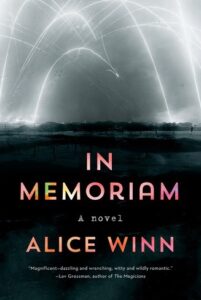
In Memoriam, by Alice Winn
Setting: World War I
Henry Gaunt and Sidney Ellwood are school boys when the Great War breaks out. They join the fight, they fall in love, they watch everyone around them die, they acquire ghosts along the way that stand in the spaces between them, and then they try to find their way back to each other.
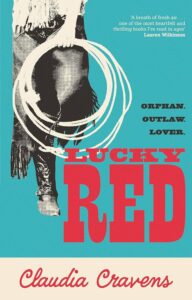
Lucky Red, by Claudia Cravens
Setting: Wild Wild West
Red-haired, country girl Bridget arrives in Dodge City and is recruited to work at the only brothel in town run by women. The story follows her adventures—and misadventures—while giving a voice and depth to the women from history who are too often written as stereotypes or foils. It’s also very fun.
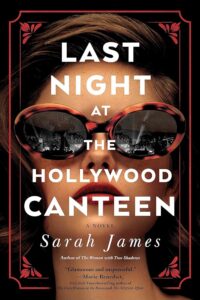
Last Night at the Hollywood Canteen, by Sarah James
Setting: World War II
Get transported into a 1940s movie, replete with quick dialogue, quicker quips and a murder-mystery plot that will have you gasping. Playwright Annie Laurence, a woman who was just dumped by her married lovers, is the flawed and three-dimensional protagonist at the heart of it all.
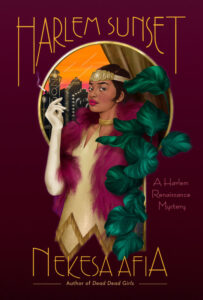
Harlem Renaissance Mysteries, by Nekesa Afia
Setting: Harlem, Late 1920s
Tiny, tired lesbian Louise Lloyd solves Jazz Age murder mysteries in this sumptuous series that kicks off with Dead Dead Girls. While the corpses pile up, the true heart of the story is Lloyd, her neighborhood and the rest of the cast of characters that give a glimpse of a time-period and setting that isn’t often explored in historical fiction.

Pull of the Stars, by Emma Donoghue
Setting: Dublin, The Great Flu
We follow nurse Julia Power over the course of a weekend where she cares for expectant mothers who have come down with the Spanish Flu. The tight timeline and claustrophobic setting create an atmosphere taut with emotion, which in turn allows readers to feel like they really know the complex characters that make up the cast.
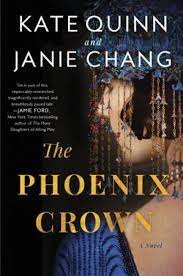
Phoenix Crown, by Kate Quinn & Janie Chang
Setting: San Francisco Earthquake 1906
Gemma, a soprano opera singer, crosses paths with Suling, a Chinatown embroideress, in the days before the catastrophic San Francisco earthquake in 1906. They realize they are searching for the same missing woman, an artist they both love in different ways as the clock ticks ever closer to disaster.
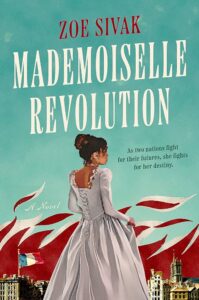
Mademoiselle Revolution, by Zoe Sivak
Setting: Paris 1790s
Sylvie de Rosiers flees the Haitian Revolution to wind up smack in the middle of another one in Paris. Sylvie’s maturation throughout the story is a masterclass in character development layered beneath a fascinating setting and vivid, lush writing. The meticulous research the author did is the cherry on top.
***

